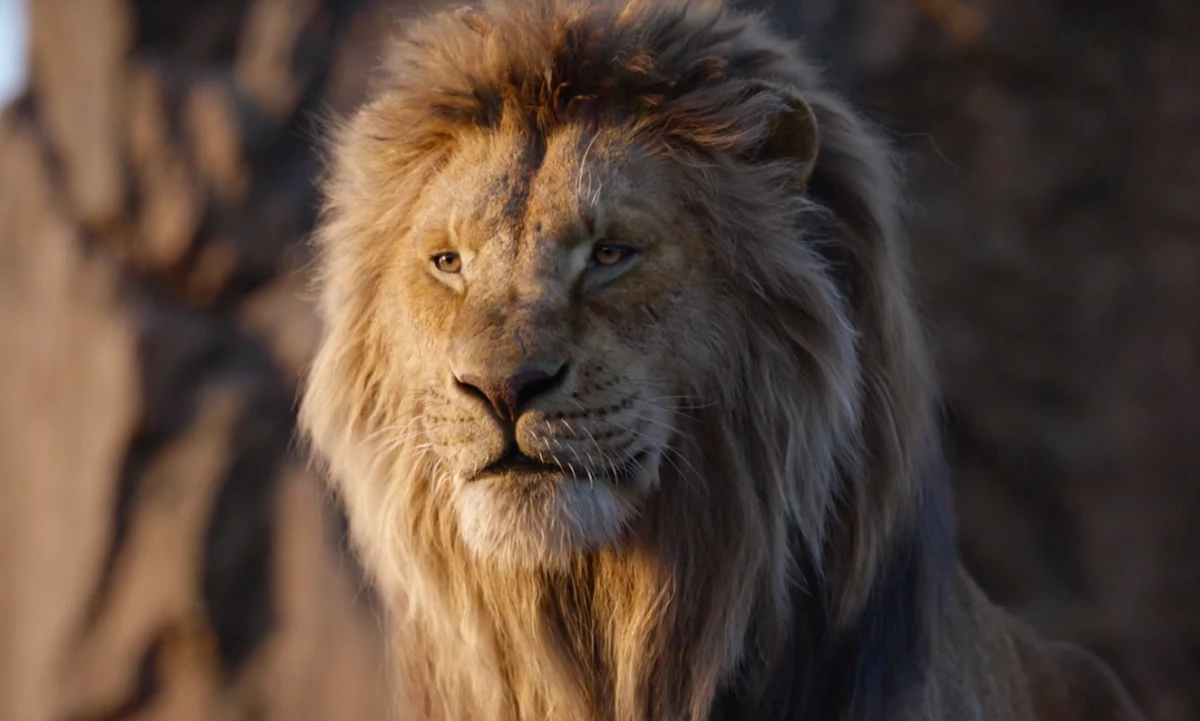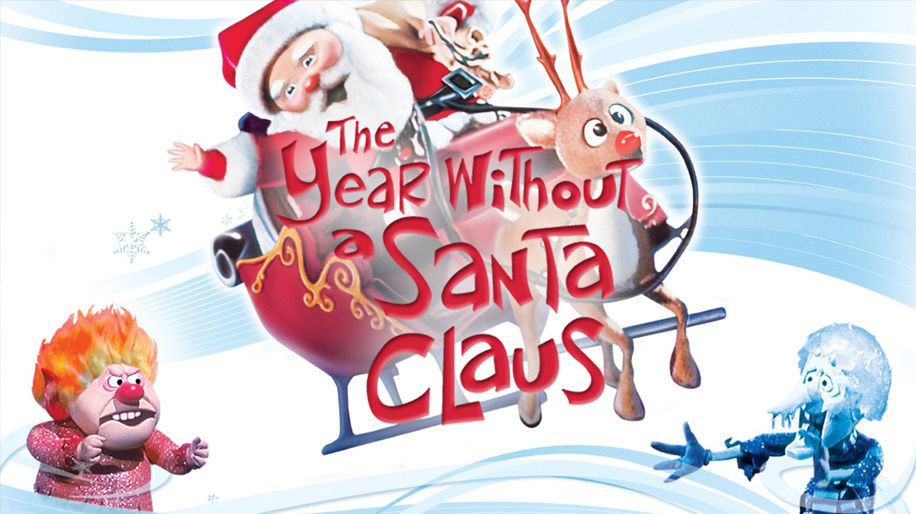Movies are more than just actors, it is about everything they interact with on screen. Creating a world, whether it be 1940s Chicago or a planet far, far away is all about the little details.
When it comes to making those details come to life you go to the prop master. In Hollywood there’s few better than Russell Bobbitt. Bobbitt has been in the industry for almost four decades with a resume that includes everything from Invaders from Mars and Jingle All the Way to the entire Iron Man trilogy.
As the Marvel Cinematic Universe celebrates its 10th anniversary That’s My Entertainment sat down with Bobbitt to talk about his amazing career and what went into the creation of some of the most iconic pieces in movie history today.
You’ve been working with Marvel since the very beginning in Iron Man. How do you think your work as prop master has evolved with the Marvel Cinematic Universe now that we’re almost 20 movies in?
The Marvel projects have been great for me. I’m part of the 10 year anniversary because I started on Iron Man 1 and have been working on the movies ever since. The context of the Marvel films make them incredibly challenging to work on. If I were working on a period film set in the 1940s, there’s a clear visualization of how that should look. In space, there are no rules so your imagination comes into play. The biggest challenge is to sell the audience the idea of humans as superheroes! But advancements in technology definitely help us bring this to life.
You got your start with the movie Private Resort in 1985. How has the industry changed since then artistically? Has the role of the art department and the prop master changed?
When I started out in the industry 35 years ago, the technology wasn’t quite as advanced as it is today. We didn’t even have cell phones when we were making prop phones for the characters! Nowadays, I use 3D printers and we have illustrators to create CAD drawings and model every prop from the inside out. The technology allows us to analyse whether it’s going to work mechanically or not. There is also a team of painters and sculptors who provide the finishing touches.
You’ve worked on every genre of film out there. Do you have a favorite? What makes you choose one film over another?
I guess comedy because I’ve had the pleasure of working alongside Betty Thomas, she taught me how to put make the audience laugh and how that can be achieved with different camera angles, cuts and of course props!
When you were young you were fascinated with mechanics and electronics. Do you have any recommendations for other tinkerers out there that want to take your career path? What brought you to the film side of things?
I would say it’s important to have a passion for whatever you do. If you have a real talent and love for your craft, you will go far in the film industry. My mother was friends with a set decorator named Robert Gould and he gave me a job for three weeks when I was 20 years old. I thought it was the greatest thing ever. It was a huge challenge in the first few days. He threw me on set in front of a camera and essentially said ‘make it work’- and I did! I completely fell in love with the magic of movie making that week.
Do you have a favorite prop you created? What is it about that you love?
My favorite prop will have to be the Arc Reactor that Tony Stark wears on his chest. The research and development of the prop and all of it’s different iterations have been great fun to figure out. Robert Downey Jr. and myself sit and talk about each one and what purpose it will serve in the story.
Is there a Marvel character you want to design for but haven’t yet?
Perhaps the X-Men. But I stay very busy with the handful of characters that I am currently doing props for. The team is currently over 50 characters. But I always invite more to cross my path.

Movie
‘Mufasa: The Lion King’ Will Leave You Breathless

“Mufasa: The Lion King” is a visually stunning addition to the beloved Lion King franchise, offering a fresh and emotionally resonant take on the origins of one of Disney’s most iconic characters. The film beautifully explores Mufasa’s journey, balancing heartfelt moments with touches of comedy that lighten the mood and make the story accessible to audiences of all ages. The animation is breathtaking, capturing the vibrant landscapes and lush environments of the Pride Lands, adding depth to Mufasa’s character and his relationships.
The storytelling is compelling, effectively pulling at the heartstrings while providing insights into Mufasa’s character before he becomes the legendary king. However, the setup for Scar’s betrayal feels somewhat underdeveloped, lacking the deeper motivation that could have enriched their complex brotherly relationship. This missed opportunity leaves a slight gap in understanding Scar’s actions, which could have elevated the dramatic stakes.
The musical score is impressive, featuring memorable songs that enhance the emotional impact of pivotal scenes. While there are several standout tracks, one song, in particular, resonates deeply and is sure to linger in viewers’ minds long after the credits roll. Overall, “Mufasa: The Lion King” is an amazing film and a worthy addition to the Lion King lore that manages to deliver both laughter and tears, offering a rich tapestry of storytelling that fans will appreciate.
Movie
Is ‘Kraven the Hunter’ a Total Letdown?

“Kraven the Hunter,” directed by J.C. Chandor, aims to introduce a beloved Spider-Man villain to the big screen, but unfortunately, it falls short of expectations. The film suffers from noticeable issues, notably an overuse of ADR (Automated Dialogue Replacement), which detracts from the authenticity of the characters’ interactions and contributes to an uneven audio experience. This technical flaw is compounded by rough storytelling that feels disjointed and lacking in coherence, leaving viewers struggling to connect with the narrative.
Aaron Taylor-Johnson delivers a commendable performance as Kraven, showcasing the character’s gritty nature and complex motivations. His portrayal has potential, and it’s evident that he could elevate the character far beyond what is presented with a stronger script and direction. However, the absence of Spider-Man, a central figure in Kraven’s lore, leaves a void that the film struggles to fill. Without this critical connection, the plot meanders and fails to create the tension or stakes that fans of the superhero genre crave.
Additionally, including Rhino as a villain feels like a missed opportunity; he is presented more as a gag character with limited screen time, undermining any sense of threat or depth. For the average moviegoer, “Kraven the Hunter” might entertain but ultimately feels like a mediocre viewing experience. Comic book fans, however, may find disappointment in this lackluster attempt to create a solo character film. Instead of an exhilarating dive into Kraven’s world, the film presents a watered-down version, leaving audiences wishing for a more cohesive vision that honors its comic book roots.
Movie
A Brief Review and History of A Year Without a Santa Claus

A Year Without a Santa Claus, the 1974 stop-motion holiday classic produced by Rankin/Bass, is a heartwarming and whimsical tale that has cemented its place in holiday traditions. Based on Phyllis McGinley’s 1956 book, the story revolves around a disheartened Santa Claus who, feeling unappreciated, decides to take a year off from his Christmas duties. It’s up to Mrs. Claus and a pair of well-meaning elves, Jingle and Jangle, to reignite the Christmas spirit and show Santa the world’s unwavering belief in him.
The movie is beloved for its unforgettable characters, especially the bickering Miser Brothers, Snow Miser and Heat Miser. Their catchy, vaudeville-style musical numbers, “Snow Miser Song” and “Heat Miser Song”, are so iconic they’ve become cultural touchstones, often parodied and celebrated decades later.
Directed by Arthur Rankin Jr. and Jules Bass, the film continues the duo’s tradition of stop-motion magic, blending heartfelt storytelling with quirky humor. The voice cast, featuring Mickey Rooney as Santa and Shirley Booth as Mrs. Claus, delivers standout performances. Booth’s warm narration was her final acting role before retirement, adding a layer of poignancy to the film.
Initially released on December 10, 1974, on ABC, the special didn’t immediately achieve the legendary status of Rudolph the Red-Nosed Reindeer. However, it gained a dedicated following through annual holiday airings, nostalgic appeal, and its distinct charm.
The film’s themes of hope, unity, and rekindling joy remain timeless, making it a perennial favorite for audiences of all ages. Its blend of humor, catchy songs, and a touching message about believing in magic and goodwill ensures its enduring legacy during the holiday season.
For fans of holiday classics, A Year Without a Santa Claus is a must-watch that never fails to warm hearts and spread cheer.

